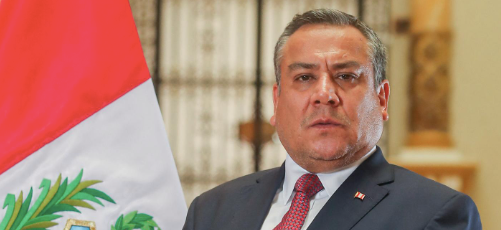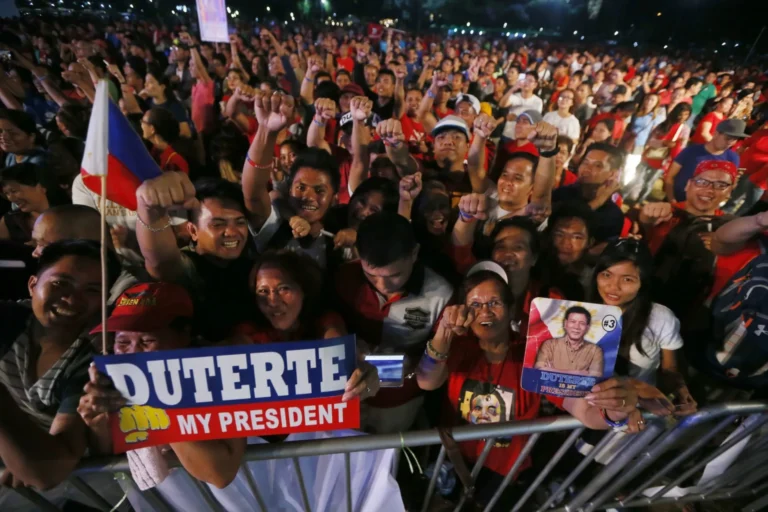
May 16 Peru: Peru’s Prime Minister, Gustavo Adrianzén, resigned on May 13, 2025, just hours before he was scheduled to face a no-confidence vote in Congress. The vote was prompted by widespread criticism of his handling of escalating crime rates and the recent kidnapping and murder of 13 miners, an incident that shocked the nation and intensified public outrage.
Gustavo Adrianzén, who had been in office since March 2024, is the third prime minister to resign under President Dina Boluarte’s administration. His departure necessitated the resignation of the entire cabinet, as mandated by the Peruvian constitution. President Boluarte promptly appointed Justice Minister Eduardo Arana as the new prime minister. Subsequently, all other ministers, except for Arana, were reappointed to their previous positions.
The political upheaval comes at a time when President Boluarte’s approval ratings have plummeted to historic lows, with a recent poll indicating support at just 2%. The administration faces mounting pressure to address the country’s security challenges, particularly the surge in gang-related violence and extortion that has affected even small businesses and transport workers.
Public dissatisfaction has manifested in nationwide protests, with citizens demanding immediate action to combat organized crime and targeted killings. Demonstrators have called for “an immediate answer to combat extortion and targeted killings,” highlighting the urgency of the situation.
The resignation of Prime Minister Gustavo Adrianzén and the subsequent cabinet reshuffle underscore the ongoing political instability in Peru. Since 2018, the country has experienced a rapid turnover of leadership, with six presidents serving in just seven years. As national elections approach next year, the Boluarte administration faces the daunting task of restoring public confidence and addressing the pressing issues of crime and governance.
Financial markets have reacted negatively to the political turmoil, with the Peruvian sol declining 0.6% against the U.S. dollar and dollar bonds maturing after 2050 down by around 1 cent. Despite these challenges, Peruvian Eurobonds continue to maintain some of the region’s tightest spreads, reflecting a degree of resilience in the country’s financial instruments.
The coming months will be critical for President Boluarte and her newly appointed cabinet as they navigate the complex landscape of public discontent, security concerns, and political instability. The administration’s ability to implement effective reforms and restore public trust will be pivotal in shaping Peru’s political future.
Keep Reading Qestiqa.com for more news.




